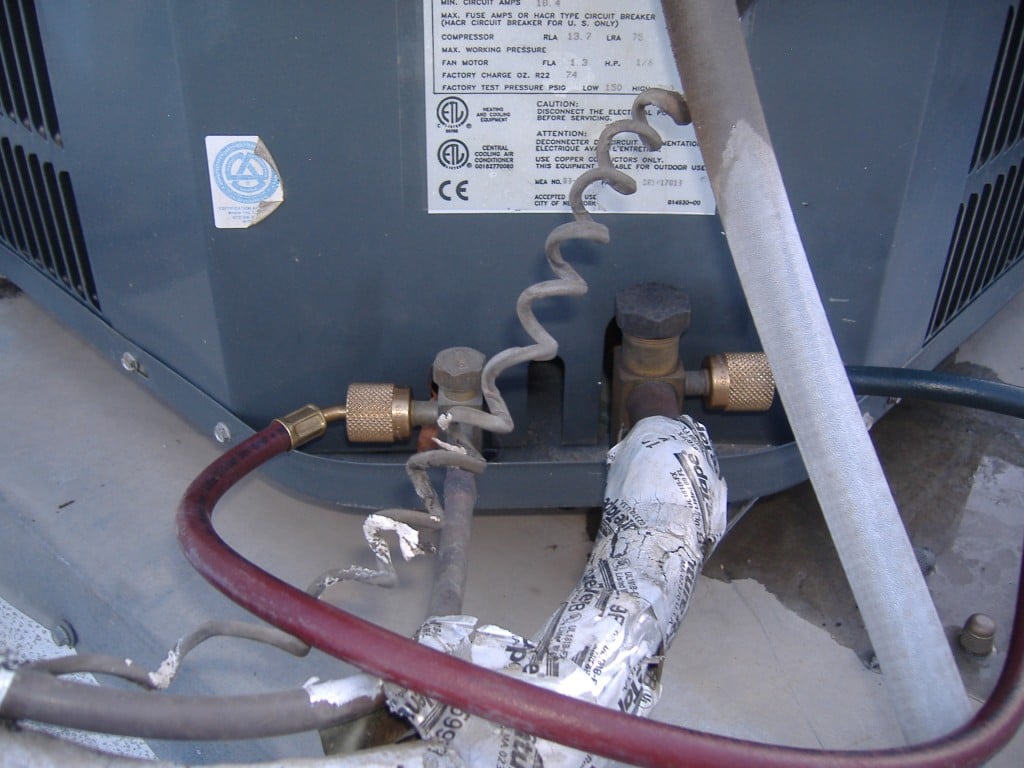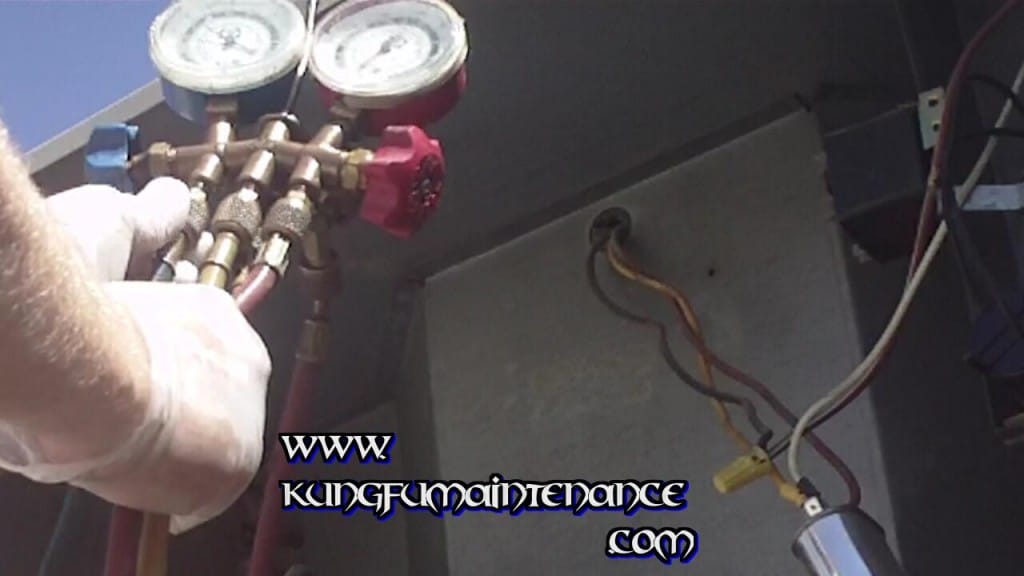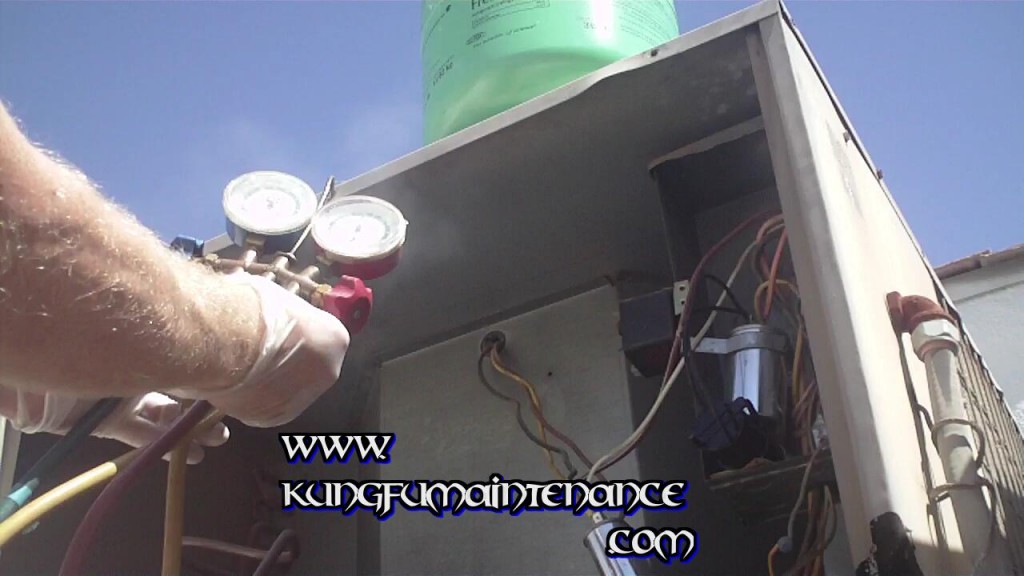There is a new product on the market called Cover Free. It is an engineered patented formula that creates a thin layer on the surface of the water that lowers your heating and chemical costs by minimizing evaporation and water loss due to evaporation. It is easily added to the pool or spa by pouring it directly in the water or adding it to the skimmer. The manufacturer recommends adding 4 oz per week for every 675 square feet of surface area.
Cover Free creates an invisible cover that may be even more effective than traditional covers without all the hassles. Traditional covers pose a number of problems. First they must be rated to support a certain amount of weight. Second they must be removed in order to enjoy the pool or spa. Third they lose their benefits when removed. And fourth they create the possibility of someone or their pets becoming entrapped underneath them.
Cover Free creates a nearly imperceptible cover on the surface of the water. It presses out of the way when someone jumps in the water and springs back into place to maintain the integrity of the shield. Usually about ninety five percent of heat energy is lost. Most heat lost (about one half) occurs through evaporation from the surface of the water. All of that water lost must be replaced and water retreated so there should be significant savings in water, heat, and chemicals needed to keep water balanced, heated, and disinfected.





